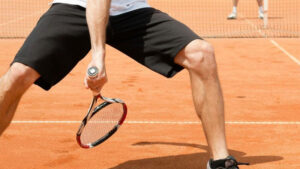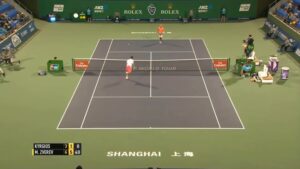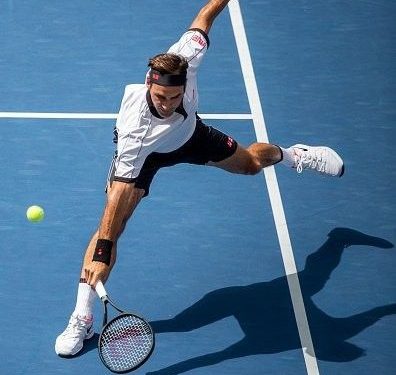What is Icing in Tennis?
In tennis, icing refers to the act of deliberately delaying the serving of a ball to disrupt the receiver’s rhythm and concentration. The server purposefully waits until the receiver is ready and then serves the ball at the last possible moment, causing the receiver to be caught off guard.
Origin of the Term “Icing”
The term “icing” in tennis is borrowed from ice hockey, where it originally referred to a defensive tactic of shooting the puck to the opposite end of the rink to force the opposing team to chase it. In tennis, the concept of icing has evolved to describe a similar strategy of disrupting the opponent’s flow.
How Icing Works in Tennis
Icing works by creating a delay in the serving action, often by taking an extra moment before initiating the service motion. This delay can frustrate the receiver and disrupt their timing, forcing them to rush or make errors in returning the serve. By breaking the receiver’s rhythm, the server aims to gain an advantage and control the pace of the game.

Purpose and Strategy
The primary purpose of icing in tennis is to put pressure on the receiver and unsettle their mental and physical readiness. By delaying the serve, the server aims to make the receiver doubt their preparedness, leading to mistimed returns or unforced errors. Icing is commonly used as a strategic tool during crucial points in a match to increase the server’s chances of winning those points.

Types of Icing Techniques
There are various techniques that players employ to execute icing effectively. One common approach is to take an extended pause after bouncing the ball before serving.
This pause can increase the anticipation and anxiety of the receiver. Another technique is to consistently change the serving pace, alternating between quick and delayed serves, making it difficult for the receiver to anticipate the timing.
Examples of Icing in Tennis
Professional tennis players often utilize icing to gain an edge over their opponents. For instance, they might intentionally slow down the pace of the game by taking extra time between points or engaging in rituals before serving.
Novak Djokovic, a renowned tennis player, has been known to employ icing tactics during important matches to disrupt his opponent’s rhythm.
Pros and Cons of Using Icing
Using icing as a strategy has both advantages and disadvantages. On the positive side, it can create psychological pressure on the receiver, leading to mistakes and increased chances of winning crucial points.
However, icing can also be seen as unsportsmanlike behavior and may negatively impact the server’s reputation. It is crucial to consider the ethical implications and the spirit of fair play when using icing in tennis.
Ethical Considerations
While icing is not explicitly against the rules of tennis, there is an ongoing debate regarding its ethical nature. Some argue that it is a legitimate tactic within the boundaries of the game, while others believe it goes against the spirit of fair play. Players should be mindful of the potential backlash and negative perception that may arise from using icing excessively or inappropriately.
Conclusion
Icing in tennis is a strategic technique employed by servers to disrupt the rhythm and concentration of the receiver. By deliberately delaying the serve, players aim to gain a mental and tactical advantage during crucial points. However, the use of icing comes with ethical considerations and may affect the perception of the server. It is important for players to weigh the pros and cons and exercise good sportsmanship when employing this tactic.
FAQs
1. Does icing violate the rules of tennis?
Icing does not violate the rules of tennis. However, there is an ongoing debate about its ethical implications.
2. Can icing be used in amateur matches?
Yes, icing can be used in amateur matches as well. However, players should be mindful of fair play and consider the impact it may have on their opponents.
3. Are there any players known for using icing extensively?
Novak Djokovic is one of the players known for using icing tactics in professional tennis matches.
4. Can icing affect the server’s own performance?
While icing can be effective in disrupting the opponent, it may also affect the server’s rhythm and concentration if used excessively.
5. Are there any alternatives to icing in tennis?
Players can explore other strategic approaches such as changing the pace, spin, or placement of their serves to gain an advantage without solely relying on the icing.











